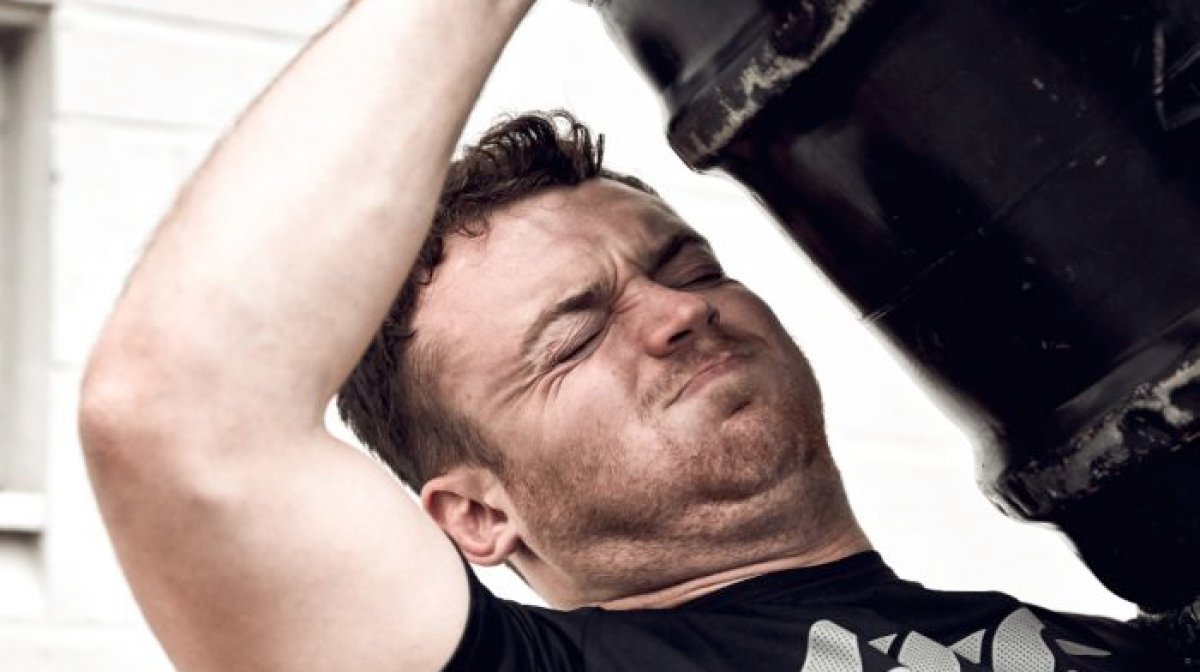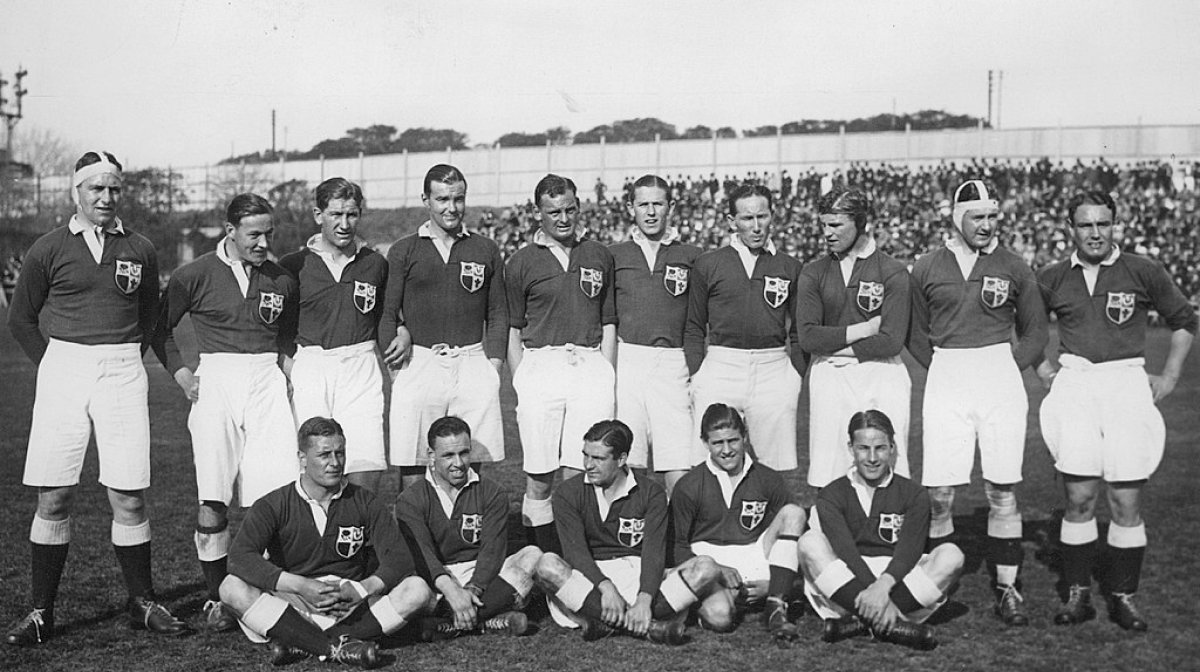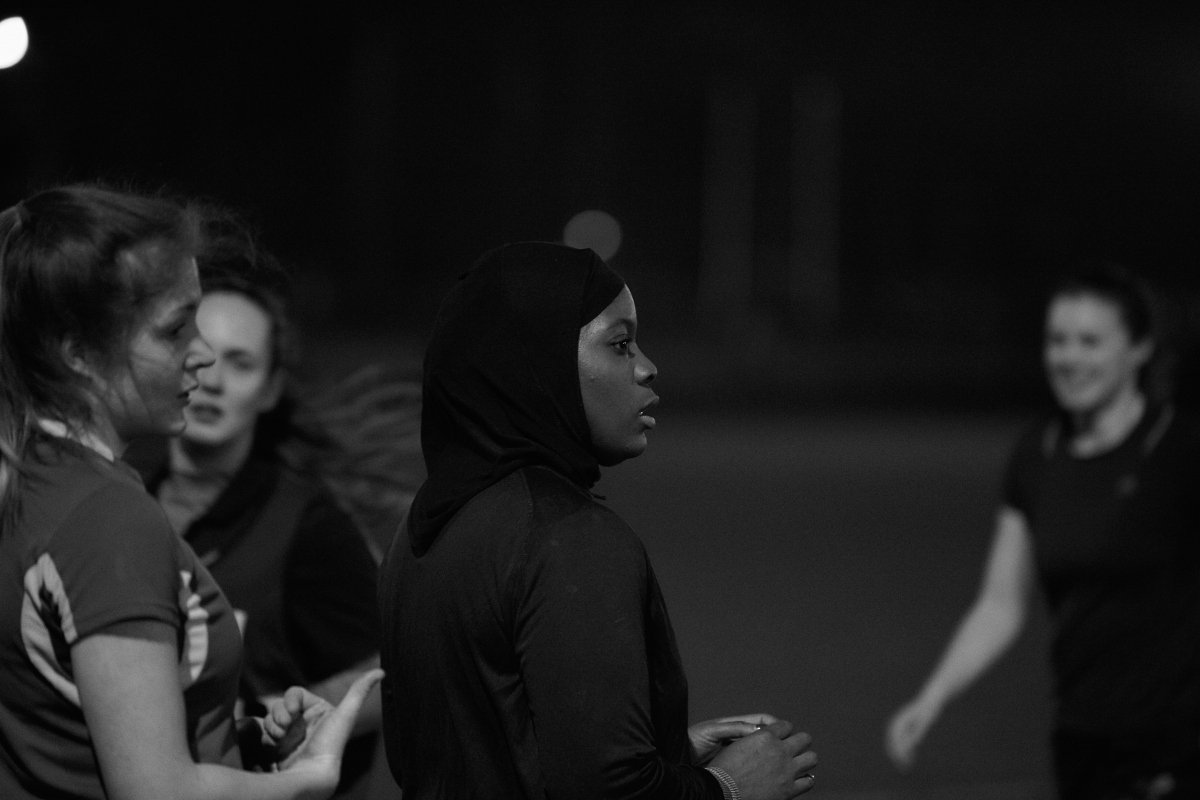Core strength training is a crucial part of any rugby training programme. Much of a rugby match involves using brute force against the opposing team, and core strength is vital to giving you the advantage – but how can you maintain this if you can’t make it to the gym?
Building upper body strength takes time and effort, but there are a series of foolproof exercises that can take you a long way towards achieving the core strength needed for this competitive sport.
Combined with a good diet, drinking plenty of water, and getting enough sleep, completing core strength exercises will help you feel fitter and healthier than ever before. If you are aiming to significantly increase your muscle mass, eating a diet with suitable levels of healthy protein will also be crucial to help you build this muscle.
Exercise one: The fabric softener / Suitcase carry
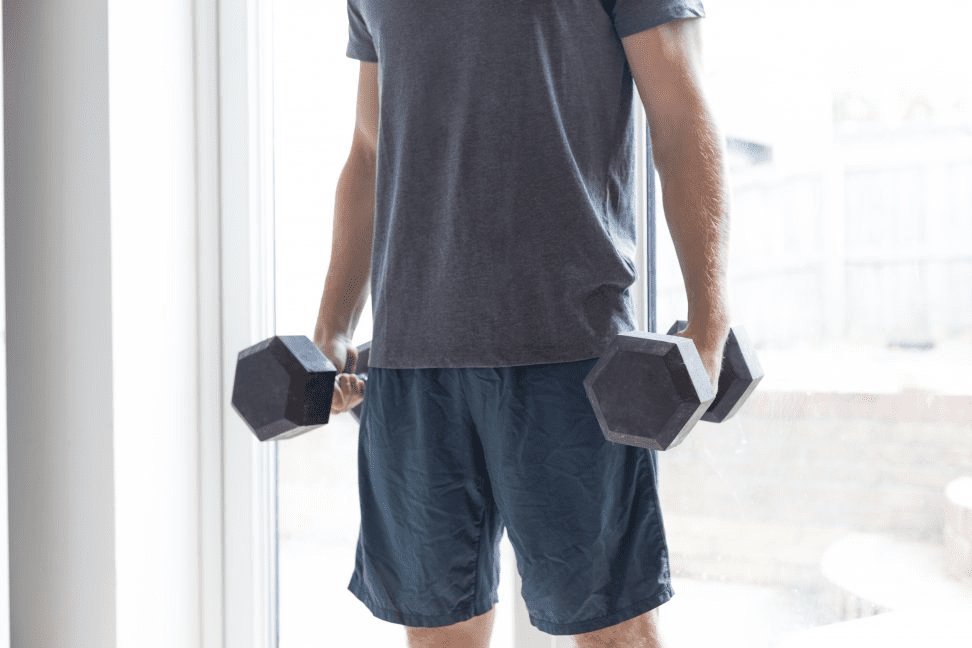
This is one of the easiest exercises to get you started on a core training programme – so it’s a great one to kick off with if you’re relatively new to training. Whilst at home you can use a your detergent bottle, fabric softener bottle, dust off you suitcases and place some books in it to add some weight or really just anything heavy that has a handle, that you can lift.
Holding your weight in one hand, stretch yourself so you are standing as tall as possible. You should then move your body, either by walking or lunging, whilst letting the weight pull down through your body. Barbells are the most effective implement for this kind of training, but also the most challenging. Building core and arm strength through repeated lifting/carrying exercises will have a major impact on your strength and stamina during scrums, and throughout a rugby match.
Exercise two: Bicycle crunches
This exercise doesn’t require any specialist equipment, but is still a great way of working your entire core and toning many of the muscles used whilst playing rugby. Using a comfortable rug, or solid floor – lie on your back and place your hands behind your head. Your legs should be elevated and bent at 90 degrees. As the name suggests, you should look as though you are riding a bicycle. Complete the crunch by moving your right elbow up towards your left knee – bringing you knee in to reach the elbow.
This movement is one of the most effective ways to train for rugby; it targets the obliques, through the side-to-side motion, and the reverse crunch really impacts on your lower abdomen.
The longer you can hold the crunch in position before swapping sides, the better – although if this is a new exercise for you, it is worth building up gradually over time. Start by holding the position for five or ten seconds, before building up to a total of 60 seconds. As with many core exercises, trying to achieve too much too early in your training can put you at risk of pulling the muscles in your back, which can cause long term, painful problems.
Exercise three: The kneeling overhead press
This full-body exercise offers a serious and dramatic core training effect. A particularly effective version is known as the tall-kneeling overhead press, performed with dumbbells or kettlebells (but you can replace these with two tins of beans, chopped tomatoes or pints of milk)! Whilst kneeling on both knees, stretching up as tall as possible, squeeze your glutes together, extend your hips and tighten your abs so your rib cage is locked in place. Press the weight over your head, and make sure you keep your lower back contracted as the weight moves.
Exercise four: Swiss-ball / Sofa plank
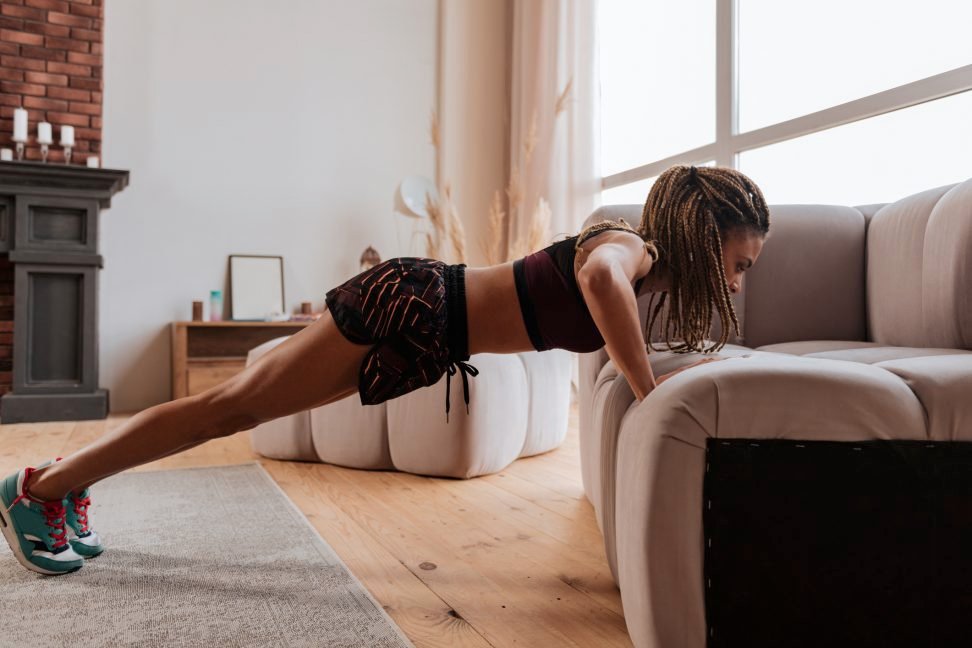
If you don’t have a swiss-ball to hand, your sofa or dining room chair can be used as a replacement…using the sofa or chair is a safe and comfortable way to build your abs in particular. Start in a forearm plank with forearms on the chair, legs extended, core braced, and hips level. Feet should be close together. Keeping core tight, jump your feet wide.
Now jump them back together quickly to return to start.
Focus on bracing your core — not just sucking in your belly. Studies show this type of movement can activate more of your core muscles, meaning you build strength in your pelvis, back, and abdomen, not just in your rectus abdominis (aka your six-pack muscles).
Exercise five: Mountain climbers in the kitchen!
You just need a firm and comfortable surface! Drop into a top press-up position, supporting your weight on your hands and toes, with your arms straight and your legs extended. Keeping your core braced and your shoulders, hips and feet in a straight line throughout, bring one knee towards your chest, then return it to the starting position. Repeat the movement with your other leg, then continue alternating legs throughout.
You can do mountain climbers quickly or slowly, but opting for the former will get your heart pumping, making the move an excellent addition to a HIIT workout. Just make sure that your form doesn’t suffer when you start pushing the pace.
By using a careful combination of these exercises, you can create a truly dynamic and interesting rugby training programme that will allow you to build up many different aspects of your core strength, and improve your overall fitness. Combined with a healthy diet, these core strength exercises will give you that extra boost you need to become a truly competitive rugby player.




